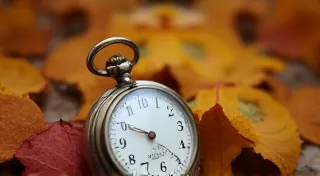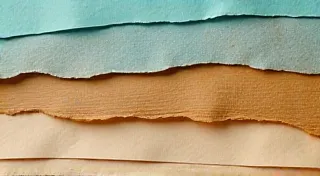Chronometers & Constellations: Mapping Precision Through Timekeeping
There’s a quiet magic inherent in antique clocks, a resonance that extends far beyond their simple function of telling time. They’re more than mechanisms; they are tangible echoes of human ingenuity, ambition, and a profound connection to the cosmos. As someone who’s spent years immersed in the world of clock restoration, I've come to understand that these objects whisper stories – stories of the artisans who painstakingly crafted them, the families who treasured them, and the scientific breakthroughs that shaped their very existence. The pursuit of accuracy in timekeeping has always mirrored humanity’s yearning to comprehend the vastness of the universe, and the design of antique clocks often reflects this beautiful parallel.
My first encounter with this fascination came from my grandfather. He wasn's a professional horologist, but a meticulous hobbyist, spending countless hours repairing and restoring grandfather clocks rescued from estate sales and dusty attics. The scent of beeswax, aged wood, and the gentle ticking of gears remain vividly imprinted in my memory. He's the one who first explained to me how the pursuit of precision in clockmaking was inextricably linked to the science of astronomy. "Look," he's say, pointing to the moon phase indicator on a particular clock, "they weren’t just showing the moon. They were proving they understood its cycles, its influence."
The Celestial Dance & Early Timekeeping
The earliest attempts at measuring time were, unsurprisingly, tied directly to the movements of the sun, moon, and stars. Sundials, the first devices to track the passage of time, were naturally dictated by the sun’s position. As civilizations developed, so did their understanding of celestial cycles. Lunar calendars, based on the moon's phases, were crucial for agricultural planning and religious observances. The invention of water clocks, or clepsydras, offered a way to measure time independently of sunlight, but they remained largely inaccurate and dependent on external factors.
The real revolution began with the development of mechanical clocks in medieval Europe. While the precise origins remain debated, the invention of the escapement mechanism—a clever device that regulated the release of power from a weight or spring—was a watershed moment. Suddenly, machines could mimic the regularity of the celestial spheres. However, early mechanical clocks weren’t designed to be extraordinarily accurate. Their primary function was to mark the hours for religious observances and the scheduling of daily life. The intricacies of these early mechanisms, and how they came to be understood, is a story in itself – a subject covered in detail in articles dedicated to the quiet language of escapements.
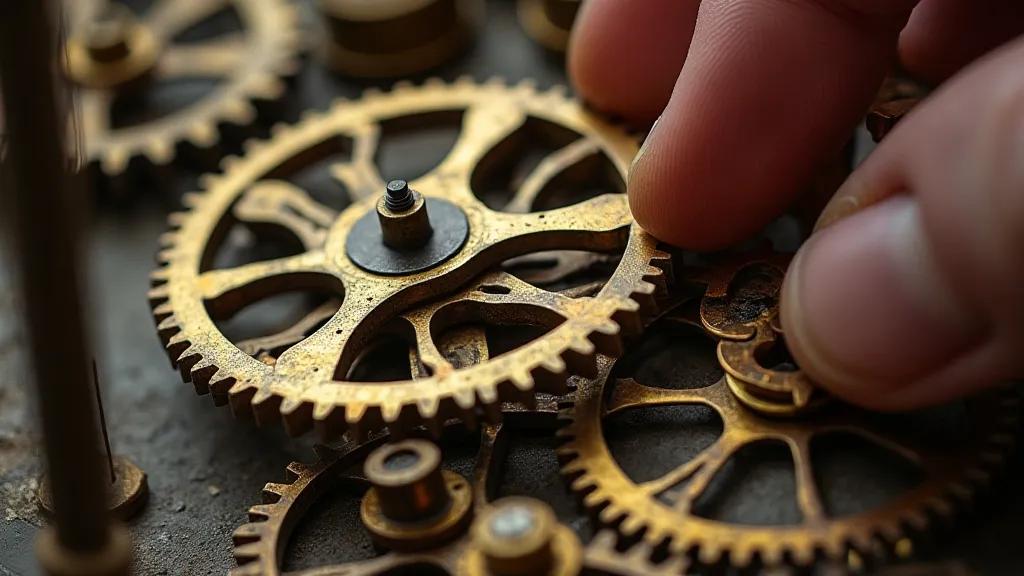
Astronomical Complications & the Rise of Precision
As the Renaissance dawned, a renewed interest in classical knowledge, fueled by the work of figures like Nicolaus Copernicus and Galileo Galilei, led to a deeper understanding of the universe. The heliocentric model – the idea that the Earth revolved around the sun – challenged long-held beliefs and inspired a wave of scientific inquiry. This burgeoning awareness of the cosmos began to influence clock design. Clockmakers, eager to demonstrate their skill and knowledge, started incorporating astronomical complications into their creations.
What are astronomical complications? They are features beyond the simple hour and minute hands. Moon phase indicators, showing the ever-changing appearance of the moon, became increasingly common. Equation of time dials, correcting for the difference between mean solar time (the time displayed on a standard clock) and apparent solar time (the time based on the sun’s actual position), were included on more elaborate clocks. Star charts, displaying the positions of constellations at specific times of the year, became a coveted addition. These weren’t merely decorative elements; they were testaments to the clockmaker’s mastery of mathematics, astronomy, and intricate mechanical engineering.
Consider the pendulum clock. Its invention, attributed to Christiaan Huygens in the 17th century, was a direct result of astronomical observations. Huygens, inspired by Galileo's studies of Jupiter's moons, recognized the precise relationship between a pendulum's swing and the force of gravity. This allowed for a level of accuracy previously unattainable in timekeeping.
The Philosophical Implications of Measuring Time
The act of measuring time isn’t just about quantifying its passage; it’s fundamentally about imposing order onto a seemingly chaotic universe. To build a clock is to attempt to capture the essence of celestial cycles, to translate the grand movements of planets and stars into a tangible, mechanical representation. There's a profound philosophical implication here – a desire to comprehend our place within the vastness of existence. The value and allure of these antique pieces, and how to identify them as valuable additions to a collection, is a topic explored in detail elsewhere – offering the collector’s compass for navigating this fascinating world.
Many clockmakers infused their creations with symbolic meaning. The moon phase indicator, for example, represented not only the lunar cycle but also the ebb and flow of life itself. The inclusion of zodiac signs reflected a deep understanding of astrology, though often blended with a broader appreciation for the natural world. These clocks weren’t just telling time; they were imparting wisdom, reflecting a holistic worldview that connected humanity to the cosmos.
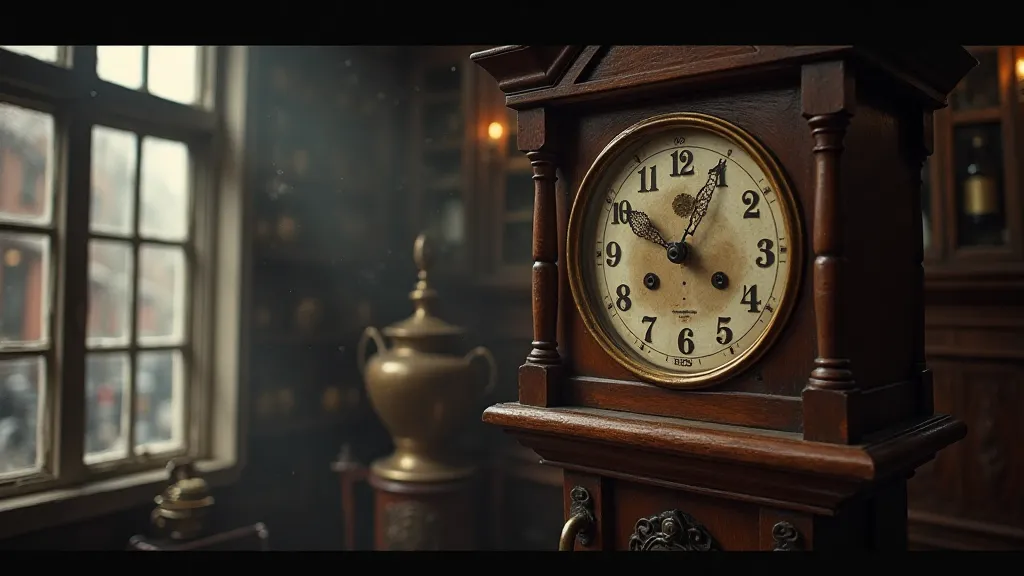
Restoring a Legacy: More Than Just Mechanics
Restoring antique clocks isn’t merely a technical exercise; it’s a form of historical preservation and a deeply emotional undertaking. When I work on a clock, I'm not just replacing worn gears or repairing a broken dial; I’m connecting with the artisan who crafted it centuries ago, and with the families who cherished it through generations. Each clock carries a unique story, and it’s my responsibility to ensure that it continues to be told.
Often, I find inscriptions hidden beneath dials or etched onto the movement—personal messages left by the original owner or the clockmaker themselves. These are glimpses into the lives of people long gone, offering a tangible link to the past. It’s these moments that remind me of the human element behind the intricate mechanics. The care required in dealing with older pieces, and the challenges that arise when facing damaged cases, is a frequent subject for discussion among restorers – a topic explored in pieces focusing on dealing with cracks and imperfections. Discovering the stories embedded within these mechanisms is akin to unraveling the silent echoes of time.
My grandfather always said, "A clock is more than the sum of its parts. It’s a reflection of an era, a testament to human ingenuity, and a reminder of our connection to the stars." He was right. And it’s this understanding that drives me to continue restoring these remarkable timepieces, ensuring that their stories resonate for generations to come.
The process often involves a deep dive into the history of the piece, researching its maker, and understanding its original purpose. Sometimes, this investigation reveals fascinating details about the clock’s journey through time – stories of families, homes, and events that shaped its existence. These discoveries further enrich the restoration process, imbuing it with a sense of purpose and connection.
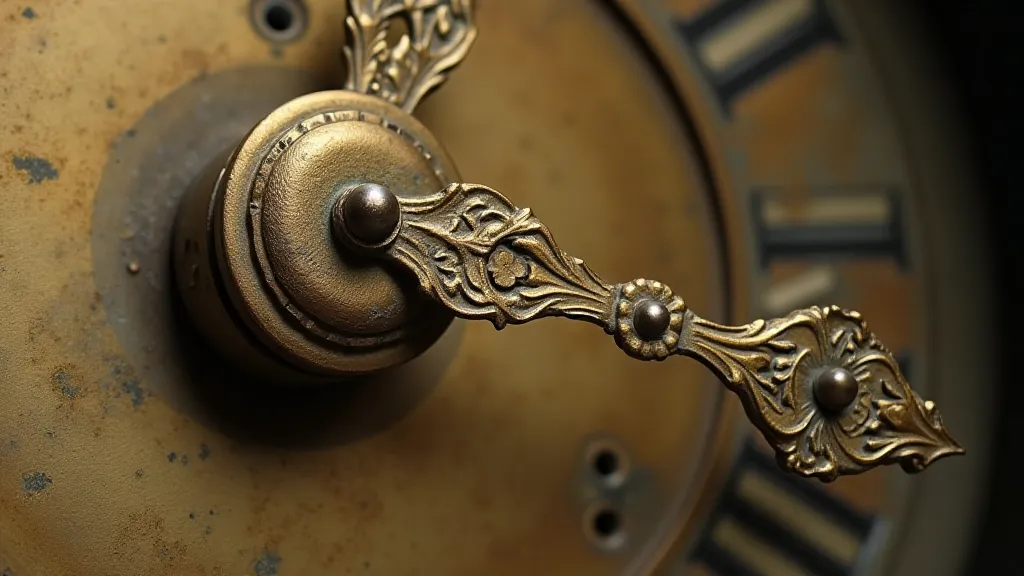
The world of antique clocks offers a fascinating intersection of artistry, science, and history. Each piece represents a unique moment in time, a testament to the enduring human desire to understand and measure the universe. The restoration process is not simply about repairing a mechanical device; it's about preserving a legacy, ensuring that these remarkable objects continue to inspire awe and wonder for generations to come.
Beyond the technical skills required for restoration, there's a profound sense of responsibility that comes with handling these precious artifacts. It's a privilege to connect with the artisans who created them and to safeguard their creations for future generations. The act of restoring an antique clock is not just a profession; it’s a calling, a way to honor the past and celebrate the enduring human spirit.
The pursuit of precision in timekeeping has, and always will be, deeply intertwined with our understanding of the universe and our place within it. Antique clocks stand as enduring monuments to that pursuit – beautiful, complex, and profoundly meaningful objects that continue to inspire awe and wonder.
